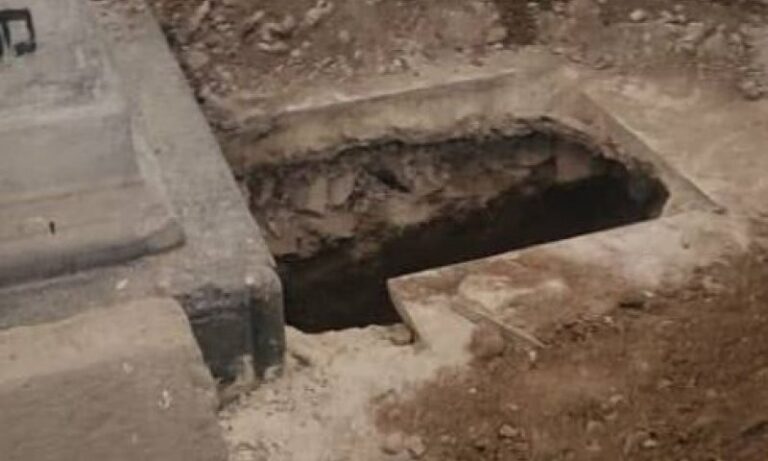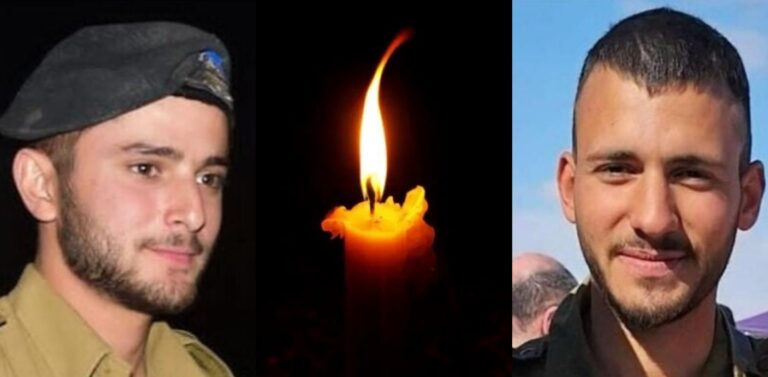After a few days of calm allowed some families who had fled wildfires raging in northeast New Mexico to return to their homes, dangerous winds picked up again Sunday, threatening to spread burning embers that could ignite new fires and complicate work for firefighters.
More than 1,500 firefighters were on the fire lines at the biggest blaze east and northeast of Santa Fe, which grew another 8 square miles (20 square kilometers) overnight to an area more than twice as large as the city of Philadelphia.
The area’s largest rural town — Las Vegas, New Mexico, population 13,000 — appeared safe for now thanks to fire lines dug by bulldozers and other priority preparations over the past week.
But authorities appealed to residents on the outskirts who’ve already been ordered to evacuate to delay no longer.
“If things start picking up today as they are expected to do,” fire spokesman Todd Abel warned Sunday, and “you are trying to leave the area and we are trying to go in, that obviously causes a lot of problems, congestion, confusion.”
A red-flag warning was in effect, kicking off what fire officials predicted would be another “historic, multi-day wind event that could result in extreme fire behavior.”
A few helicopters were able to gather new information from the air on the spread of the flames early Sunday “but they won’t be up there very long because of the winds out there,” Abel said.
“The wind is incredible. It is precedent setting, the amount of wind we are going to have and the duration we are going to have it,” he said a briefing Sunday in Las Vegas.
“They are predicting the wind to blow all day today, through the night, all day tomorrow so that is a long time for our fire,” he said.
Thousands of residents have evacuated due to flames that have charred large swaths of the Sangre de Cristo Mountains in northeastern New Mexico — a total of 275 square miles (712 square kilometers).
The swirling winds gusting up to 50 mph (80 kph) made it difficult to predict where the flames would go later Sunday and into Monday.
Ryan Berlin, fire information officer, said Sunday afternoon the city of Las Vegas itself is “very safe at this point.”
“We even started to repopulate a section of town already,” he said. “Our concern right now is on the southwest portion of the fire which the wind is helping us out, sort of, because it’s blowing the flames back into the fire.”
But Wendy Mason with the New Mexico Forestry Division warned that “by no means” is anyone “out of potential danger.”
“Just because the winds are coming from one direction doesn’t mean they can’t change direction so it’s better to be prepared and have residents ready to go,” she said.
“Any new fire that starts has a good potential of becoming extremely active and any ongoing fires we’ll also see extreme activity because of this historic combination of fire weather that we’re seeing right now,” she added.
Abel said the good news was that additional fire crews continue to arrive from around the West.
For many California firefighters backing up local units, the winds in New Mexico are puzzling. Unlike the sustained Santa Ana winds in southern California, the air around the Hermit’s Peak/Calf Canyon fires in New Mexico have swirled around and been redirected in complex and changing interactions with the mountains.
“We’ll see what happens,” said fire battalion chief Ryan Lewis, of Ontario, California, on a rare break with his firefighters at a local hotel that’s serving hot meals to fire workers and evacuees.
Nationwide, close to 2,000 square miles (5,180 square kilometers) have burned so far this year, with 2018 being the last time this much fire had been reported at this point, according to the National Interagency Fire Center. And predictions for the rest of the spring do not bode well for the West, where long-term drought and warmer temperatures brought on by climate change have combined to worsen the threat of wildfire.
Local officials on Saturday allowed residents of several areas on the northwestern outskirts of Las Vegas to return to their homes.
Shops and restaurants in the town had reopened Saturday and the historic center was no longer just populated by firefighters. Still, there was a widely felt sense of anxiety, loss, and wariness of what lay ahead.
“It’s literally like living under a dark cloud,” said Liz Birmingham, whose daughter had persistent headaches from the smoke. “It’s unnerving.”
(AP)











